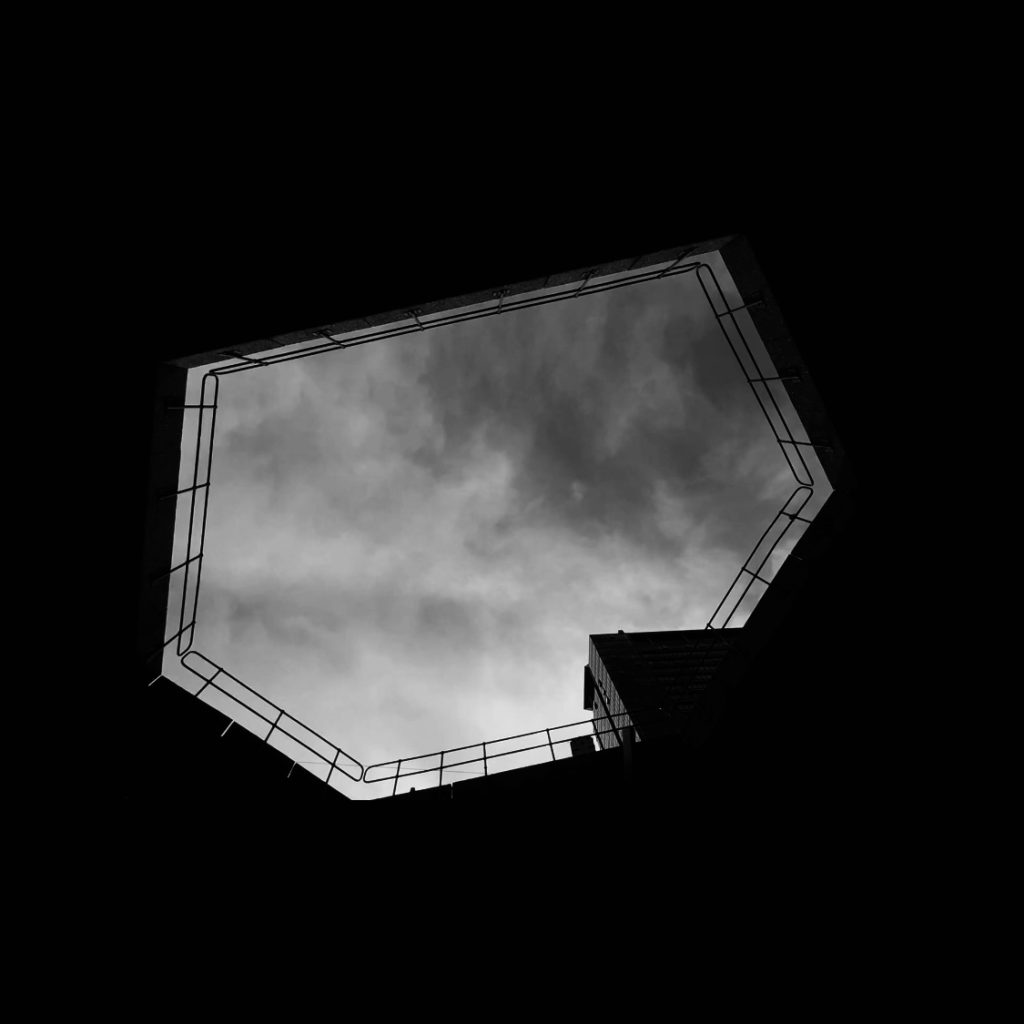IKEA
green for whom?


IKEA CAMPAIGN
INITIAL MEETING
stage 0

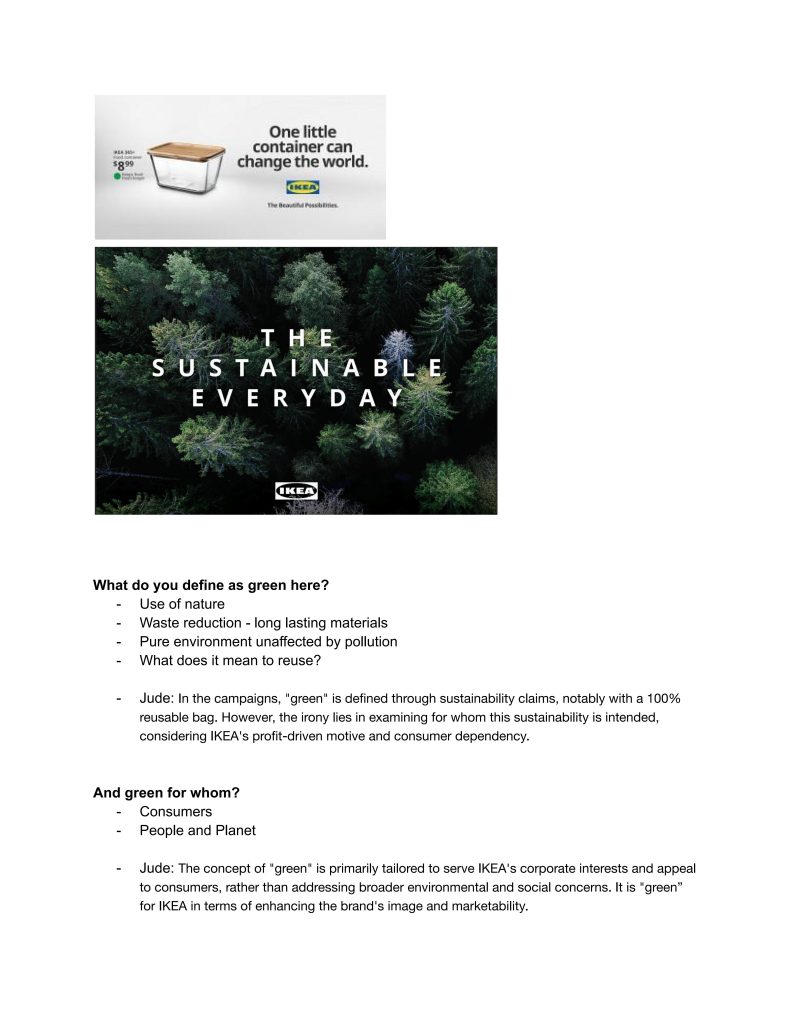
references
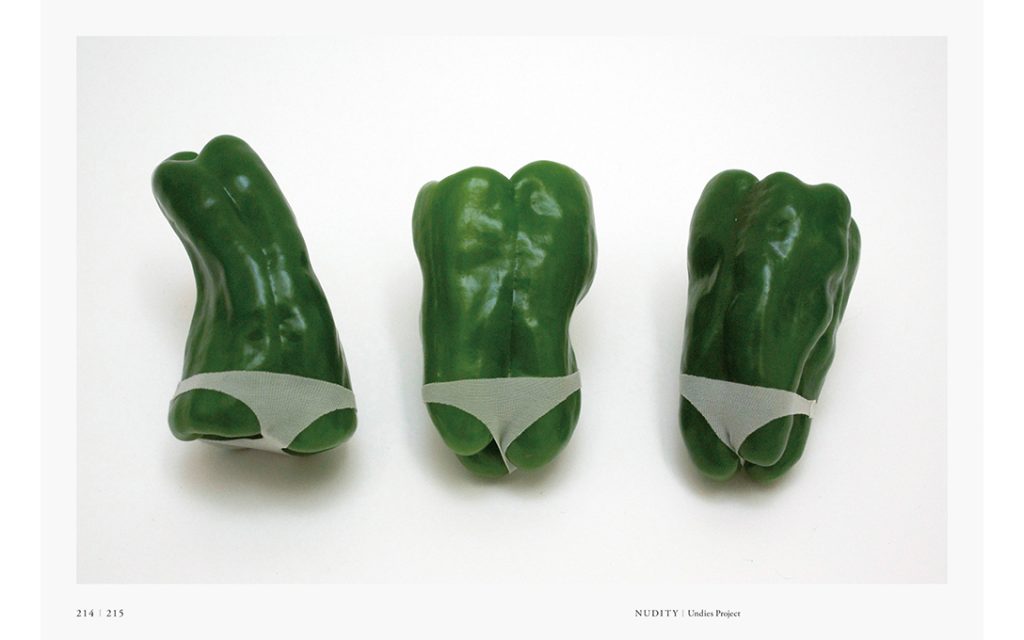
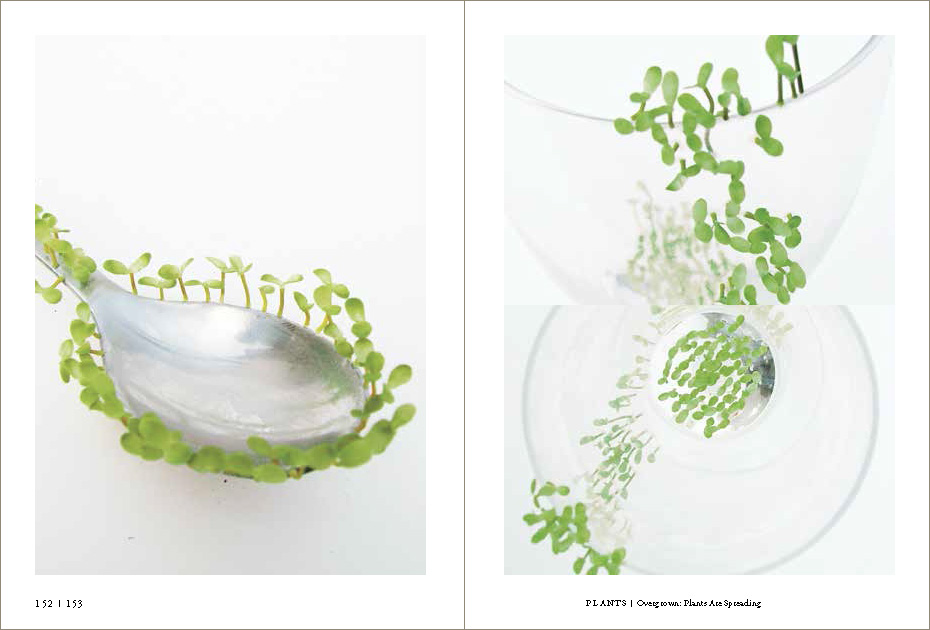

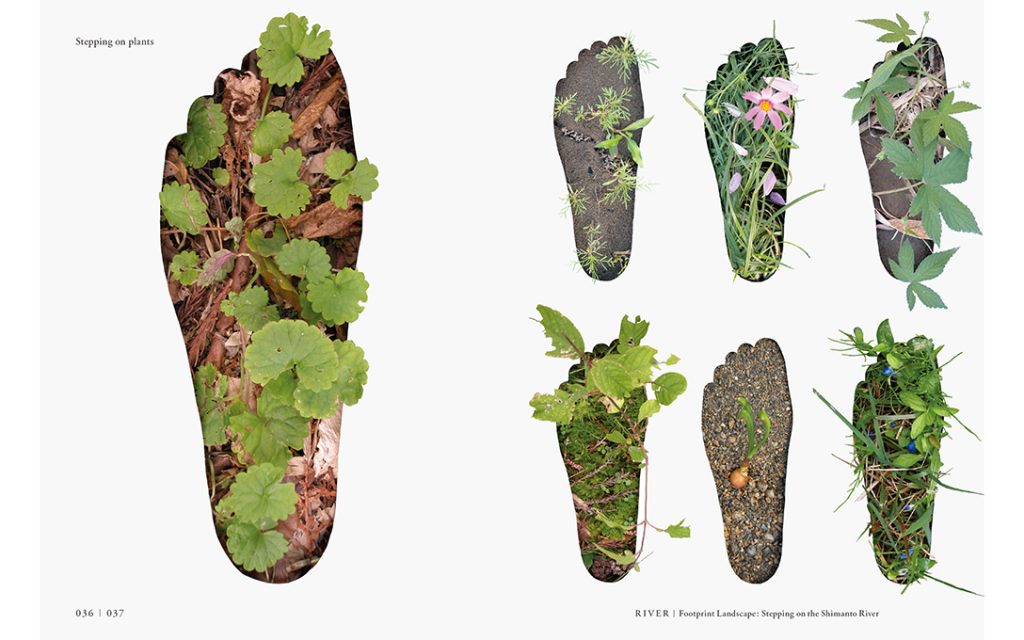

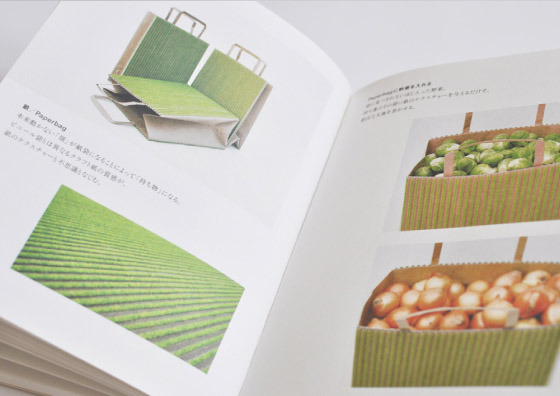

After the initial discussions, we quickly established our direction. We chose IKEA as the target of our investigation, whose environmental attributes we communally believe to be extremely distinctive, and as one of the world’s largest furniture brands, the positioning of their products seems to be something in between fast products and long-lasting products, with a product line that exists both in the cheap line and in the expensive luxury line. We can’t help but wonder how they define their brand image in the context of today’s environmental trends.
Investigating
stage 1

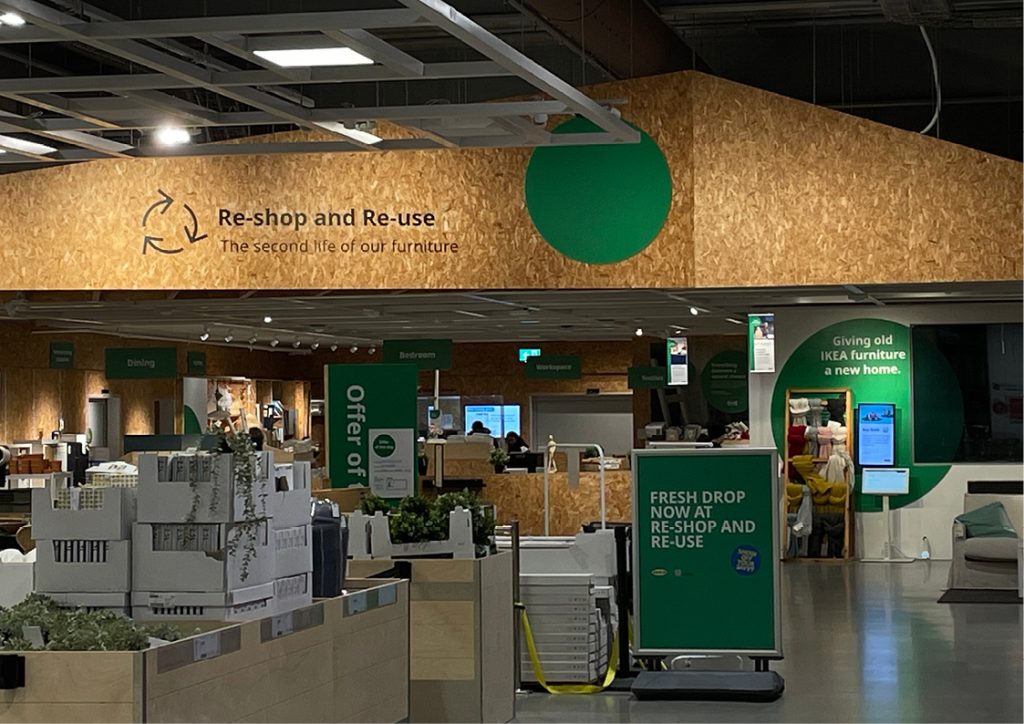

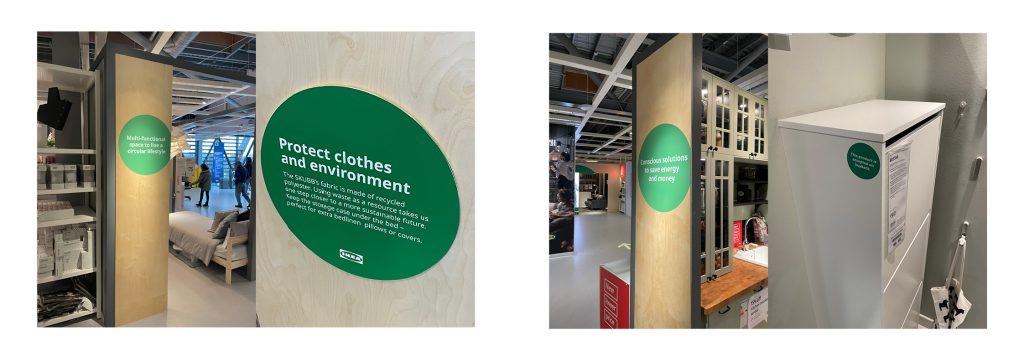
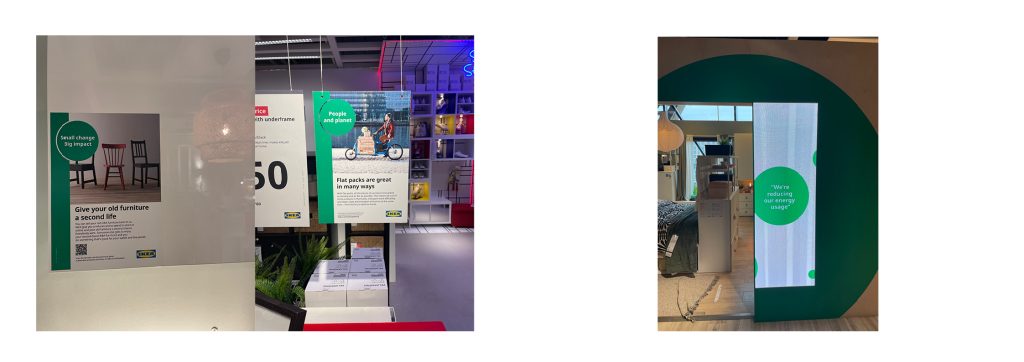

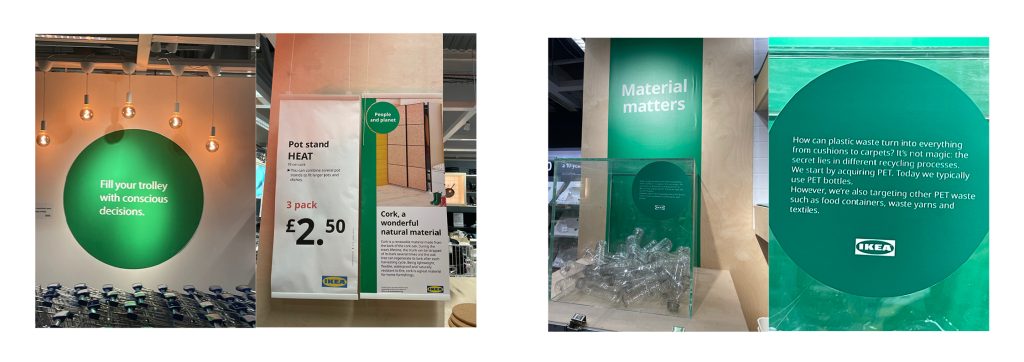

- I found a lot of interesting phenomena through my in-depth investigation of the Ikea Greenwich shop. Ikea Greenwich is described by Ikea as the world’s most sustainable IKEA shop, and the most striking thing about it is the green circular signs everywhere, which are full of the Ikea brand’s philosophy, the sustainable attributes of their products, and their vision of environmental protection. The green circular signage is the most striking thing about the IKEA store. It’s actually just good publicity and campaign, but as far as I can see, there are more than a hundred large and small green signs in every area of IKEA, and there are nearly 20 areas, plus IKEA’s promotional signage for its products, and posters that play a role in beautifying the store, and the use of these papers and plastics is really a bit too much, and the colorful patterns are such a greenwashing.
Experimenting
stage 2
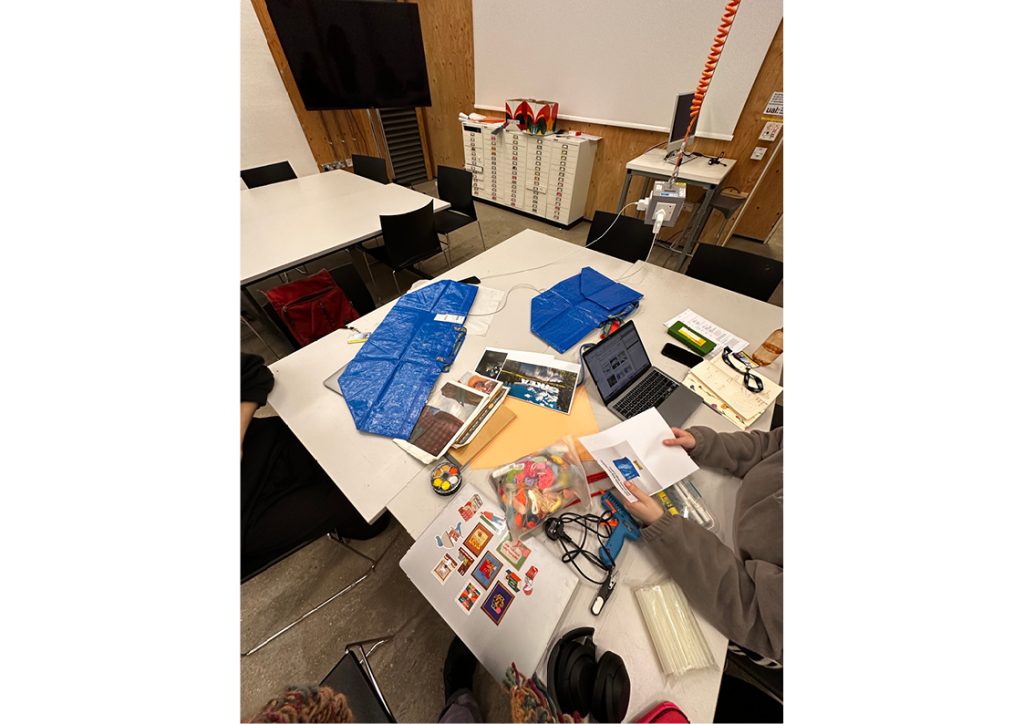


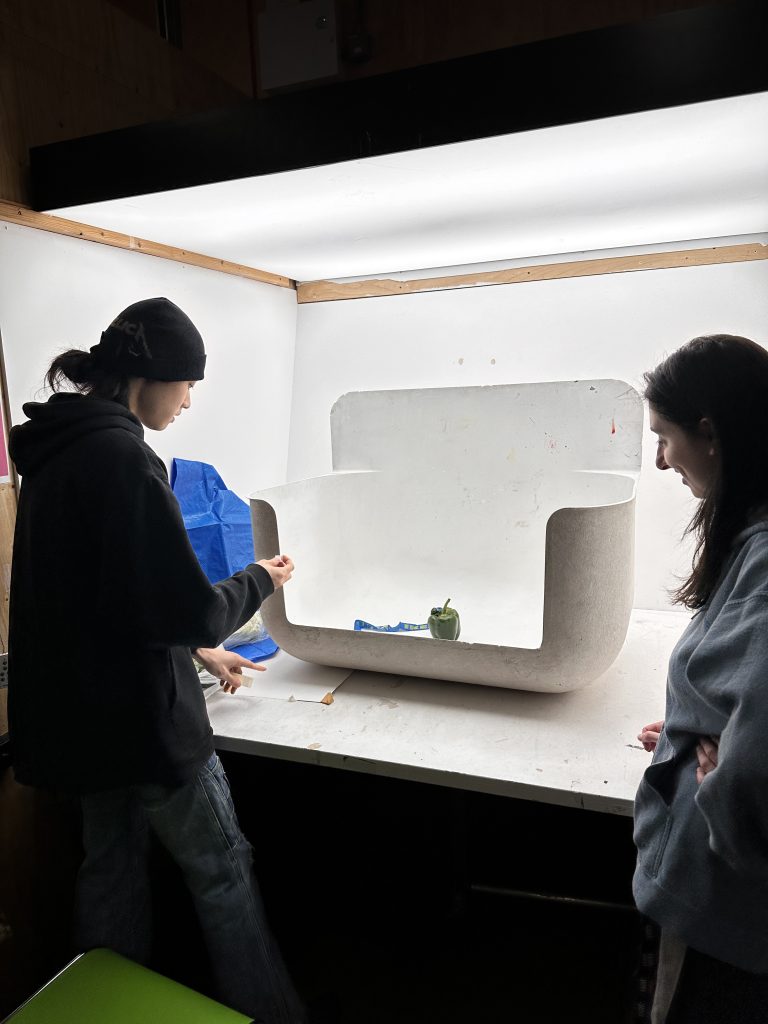
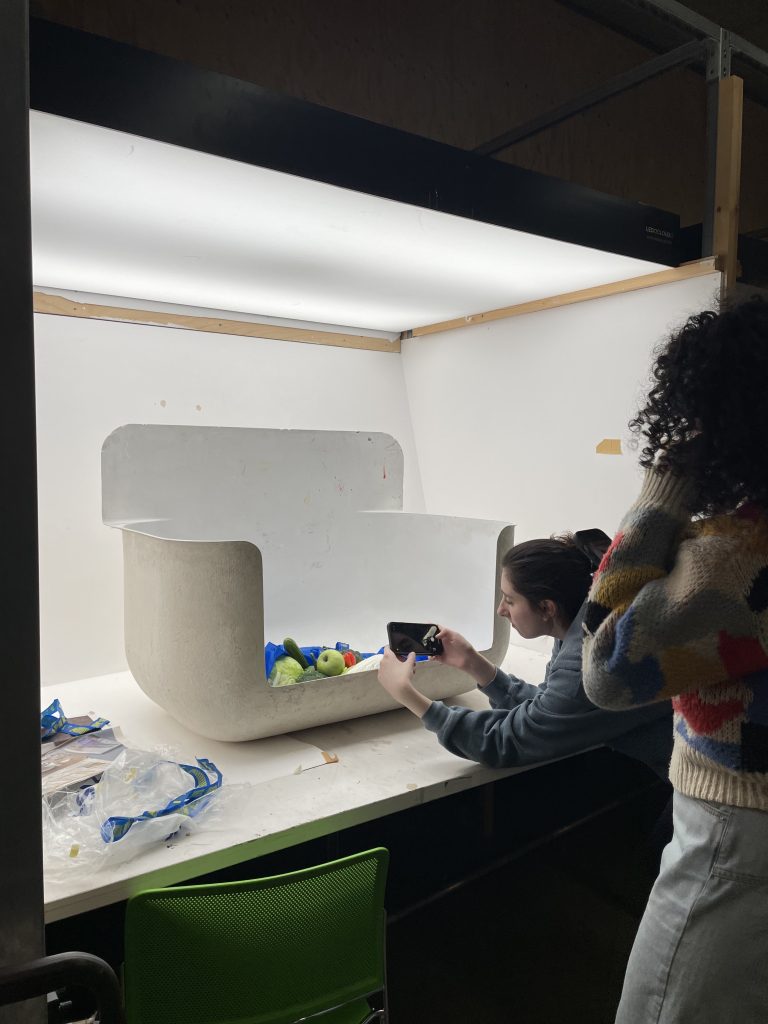
Our group had more offline meetings, and we thought that we could reach a consensus as well as find a direction more quickly through offline discussion and practice. After the group division of labor was arranged, I chose to continue to try to do some experimental development, as I gave Kenya Hara’s exformation project and suggested that I would like to try to make such an effect, which was approved by the group members, so I started to talk about Ikea and the green connection together, for a kind of Exformation fusion.
Exformation (originally spelled eksformation in Danish) is a term originally coined by Danish science writer Tor Nørretranders in his book The User Illusion published in English 1998. It is meant to mean explicitly discarded information.

REFLECTION
STAGE 3
I think Ikea is always trying to promote a lifestyle, and Ikea is actively stating their concern for the environment and nature as well as for human beings, and their attitude is revealed by their slogan: "Good for you good for the planet". I find it very interesting that they would give such an answer to such an environmentally-themed question. In contrast to other brands that have a macro theme of GREEN, which gives a human perspective of the outside world, Ikea has chosen to focus on the subjectivity of the human being, using lifestyle as a model to create a direction of good for you and good for the planet, and I really like that. In fact, humans and nature are separate, but at the same time, they are also one, we can think that human behavior affects nature, but in fact, it is more human behavior that affects humans, this is an important criterion for me to face the question of whether or not this campaign is greenwashing or good climate justice, and I am very subjective that we can't determine I think it is very subjective that we can't decide whether we are really harming or helping the Earth, in other words, what we think is "harming" or "helping" is a concept created by us humans, and we are accustomed to think that we are "harming" or "helping" the Earth. We have a habit of thinking that the Earth, as our living place, has a human mode of thinking, and we make a lot of noise about protecting the Earth, but in fact, I think it would be better, to be honest and say that protecting the Earth is better than protecting ourselves, and that the Earth is really being harmed? Can the Earth really be harmed? Can the Earth think boldly about "death" as its ultimate goal? On the other hand, the very nature of human existence is to produce rubbish, affecting the environment, which when a series of problems such as micro-plastics come, the human race is really facing extinction, whether the Earth can be truly "healthy", the environmental problems seem to be able to solve the deep-rooted. Lets get back to the project, I think the perspective of IKEA‘s answer is interesting, people protect people and planet, is the real direction of this matter. IKEA is very pleasing to do a series of more time-saving, more comfortable, and even psychologically more cheerful attempts, I remember that there are some IKEA's green slogan which the Earth does not have any relation at all! some are "grow with you", some are "A space for movement and well being", "Natural comfort for a nights sleep", and one of my favorite is "My cozy spot to relax, read and listen to music". At first, I really struggled to understand what all these words meant inside the green logo, but now I seem to get it!
ITERATING and TRANSLATING
stage 4
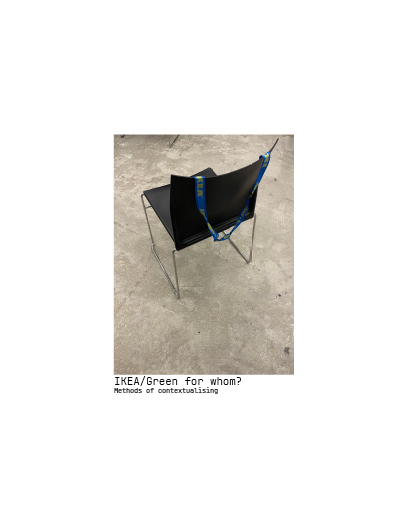

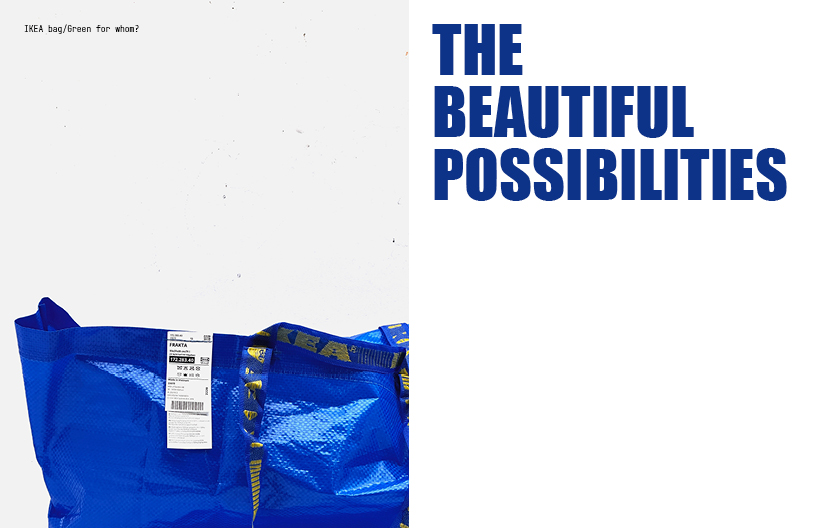

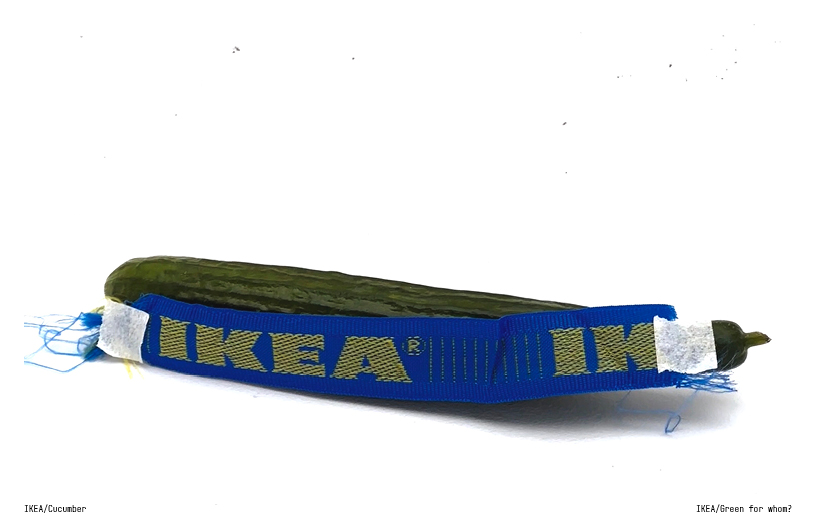
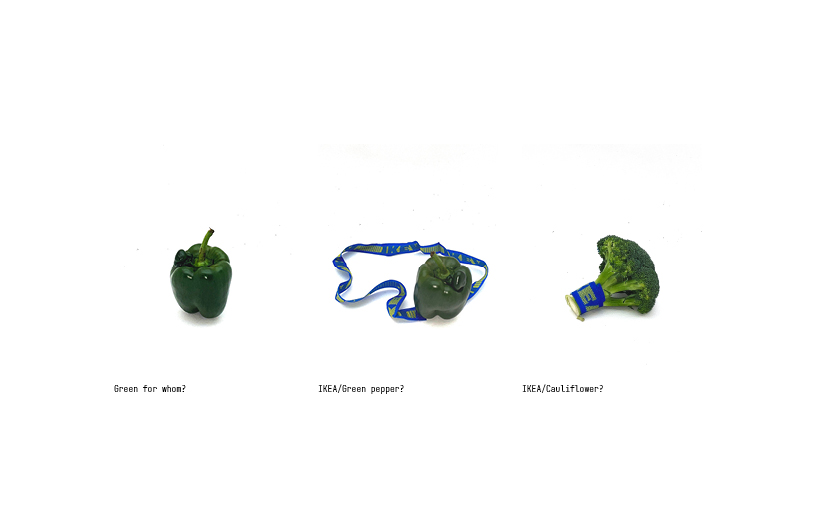
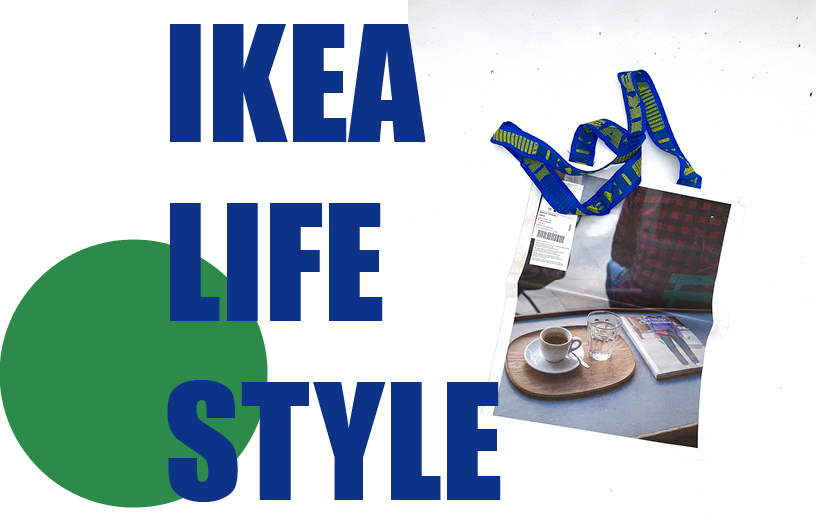
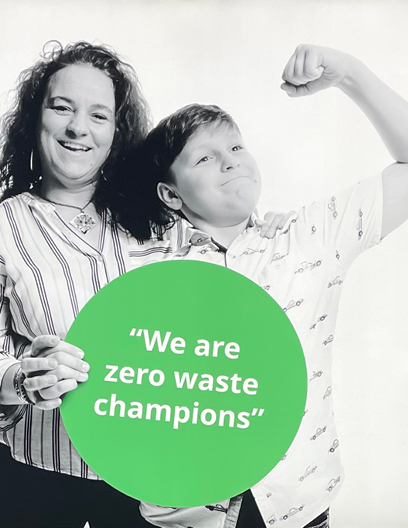
In this section, I wanted to extract a part of an IKEA shopping bag and present it in another form. I think the EX-formation that IKEA articulates is the IKEA style of living, which is a lifestyle that focuses more on the everyday as well as comfort and health, vegetables and fruits have these characteristics, so I combined the two to come up with this image as a result of my experiment.
FINAL PRESENTING
stage 5
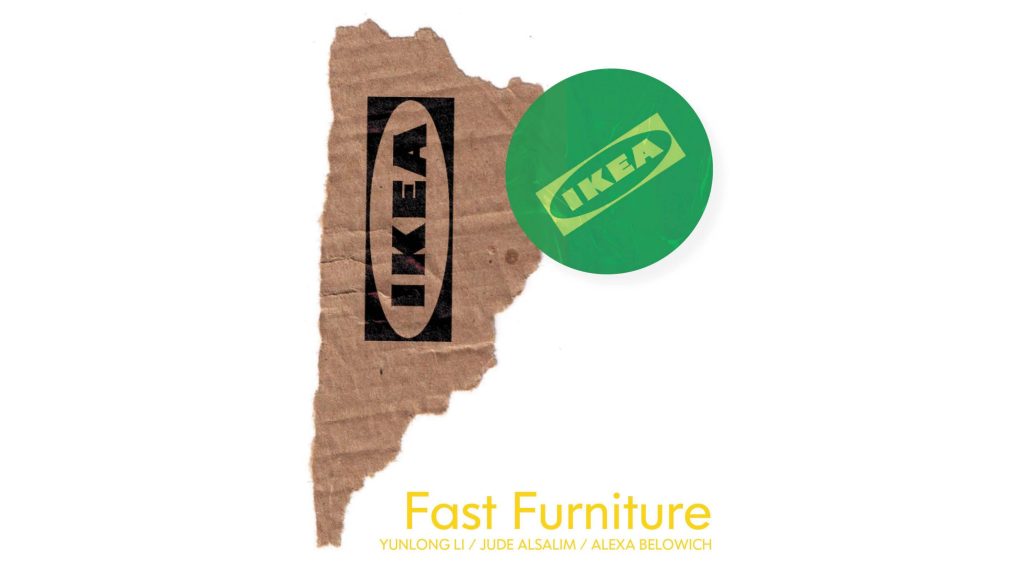
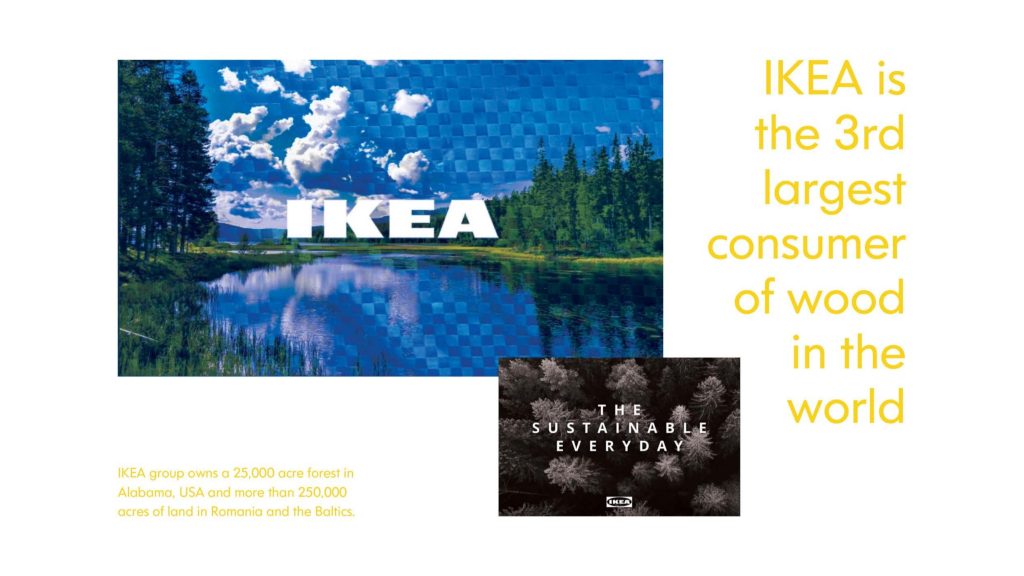
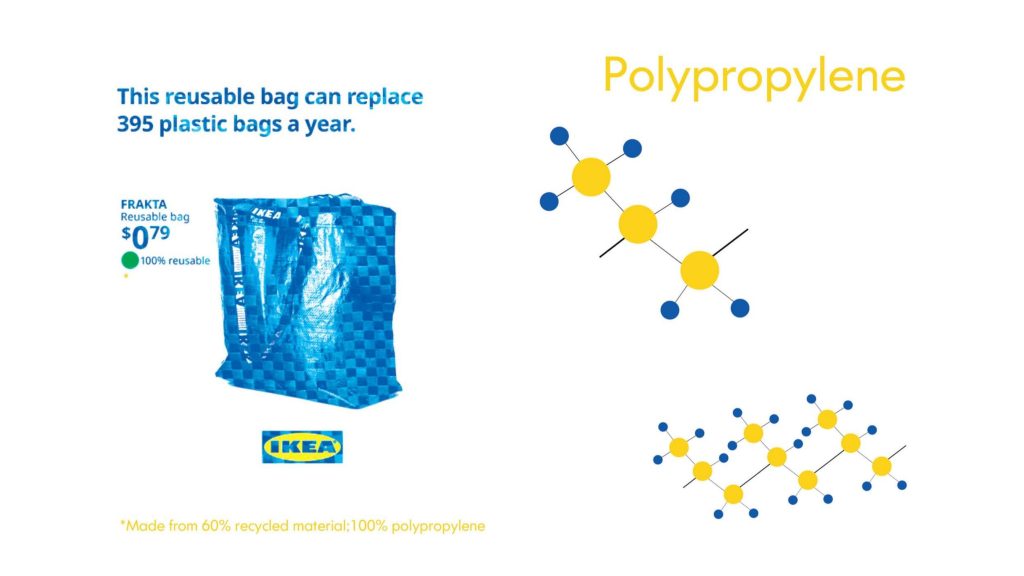

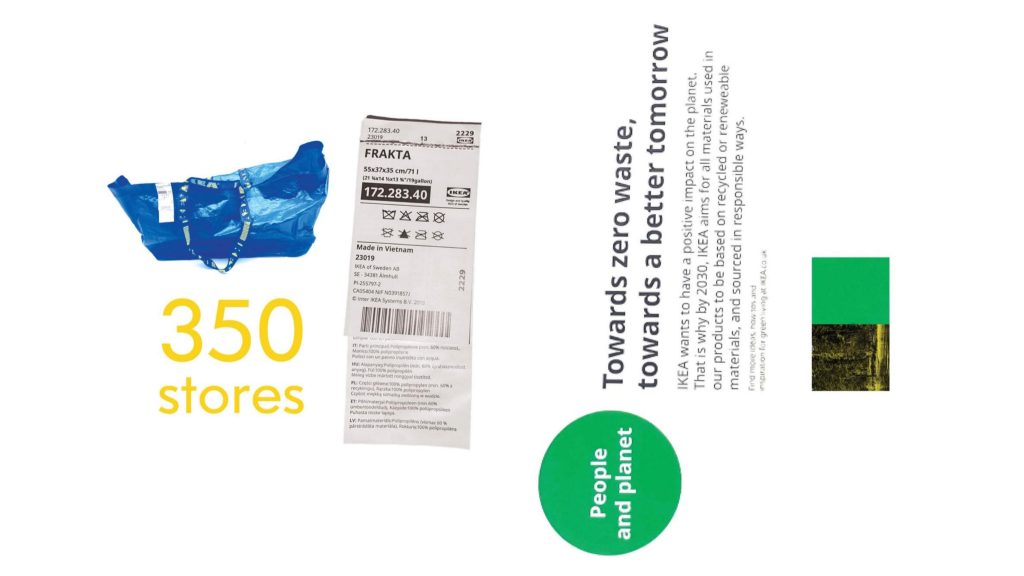

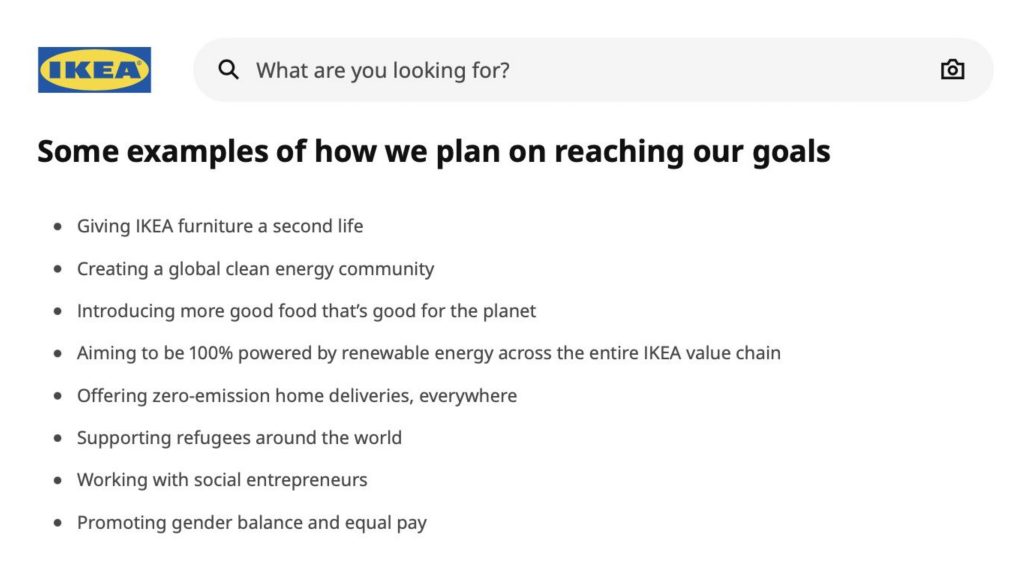
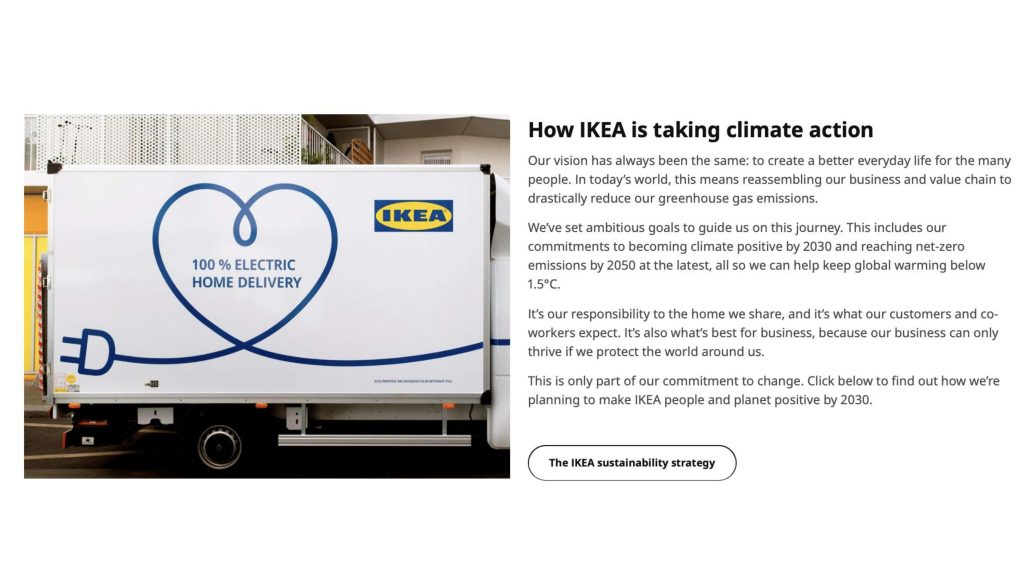
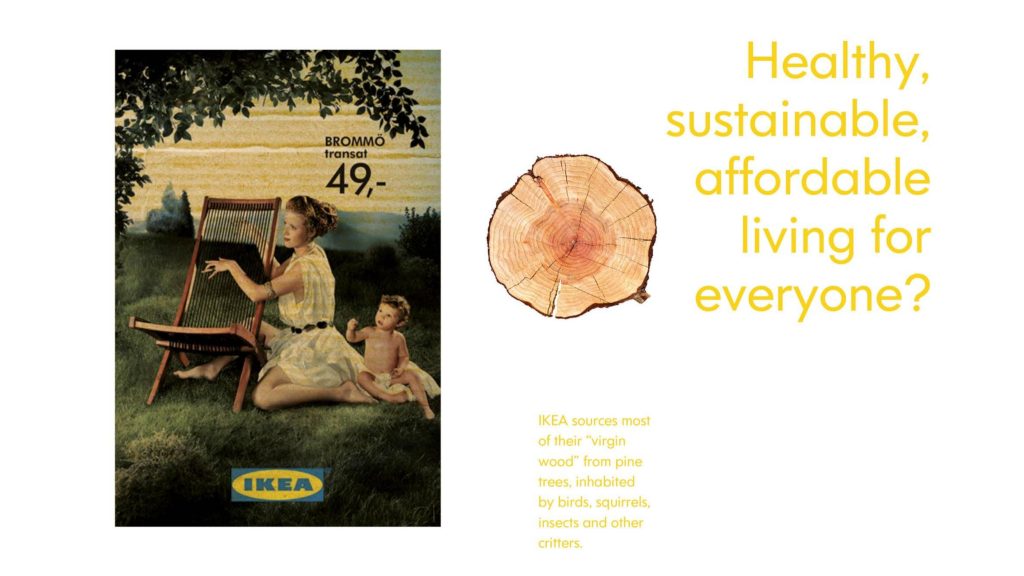
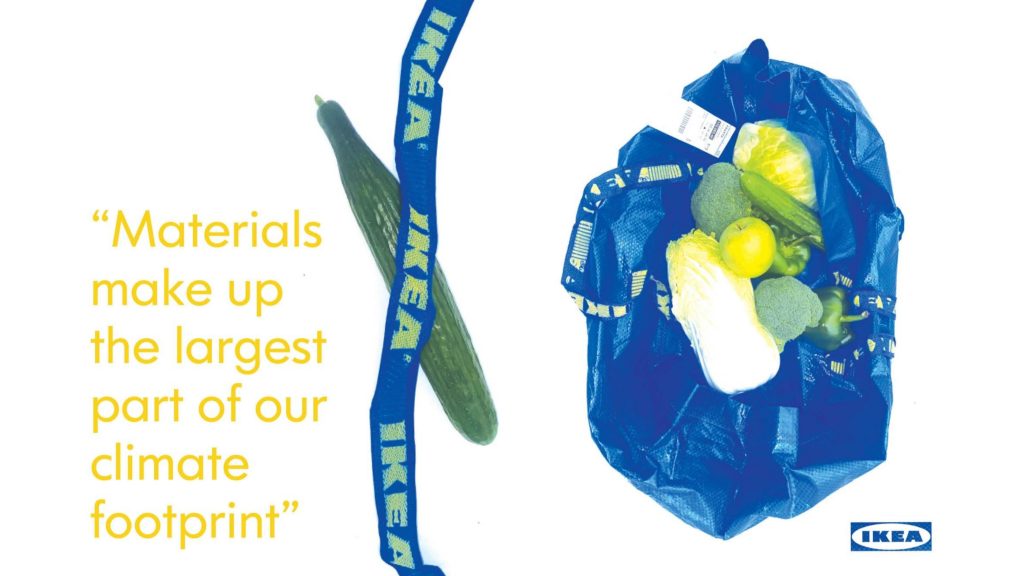

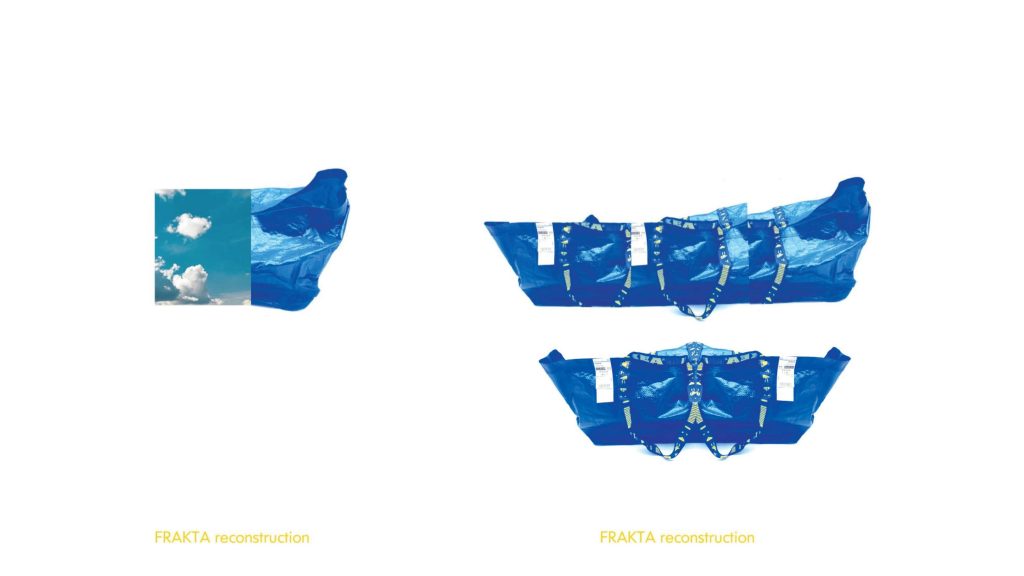
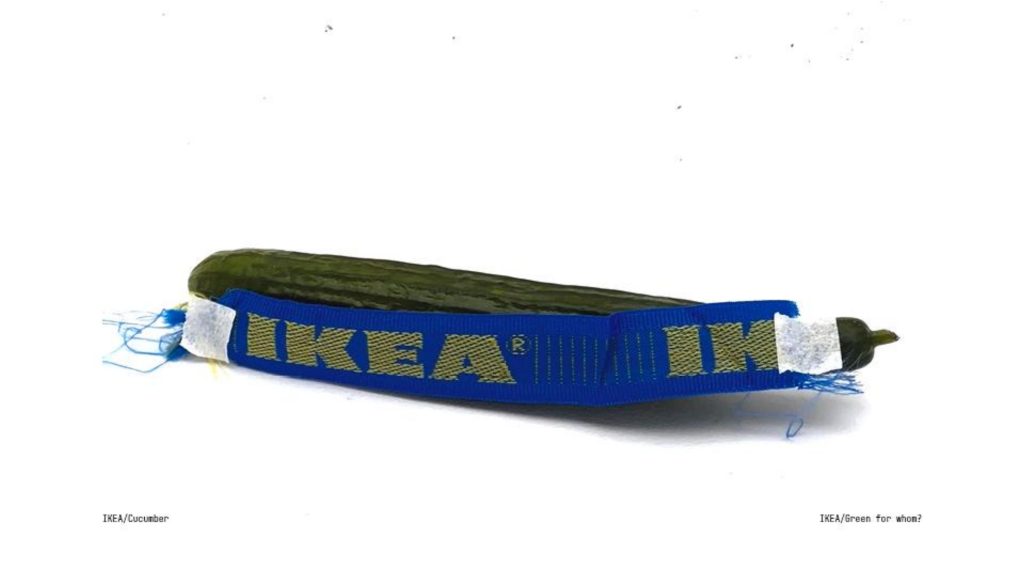

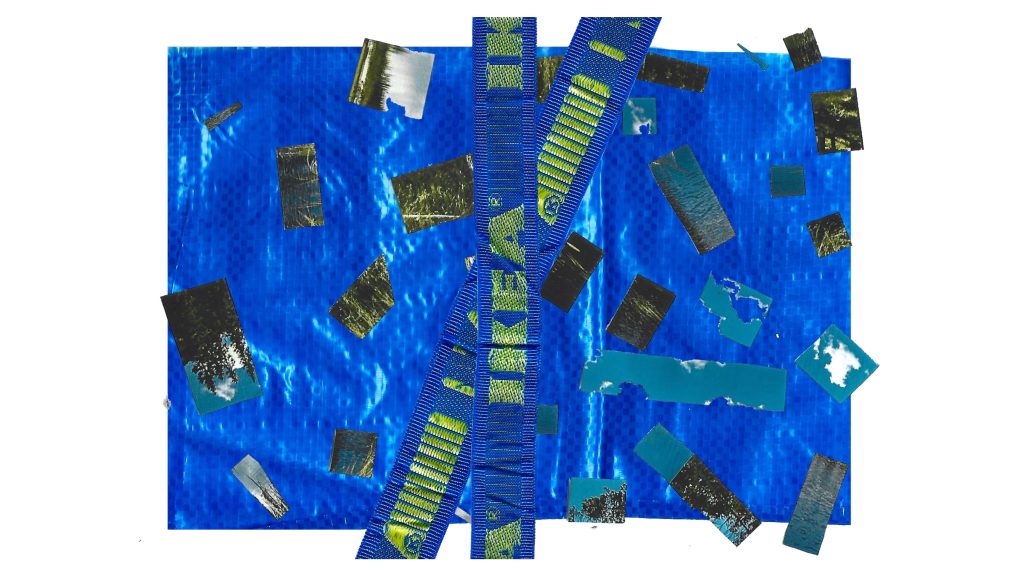
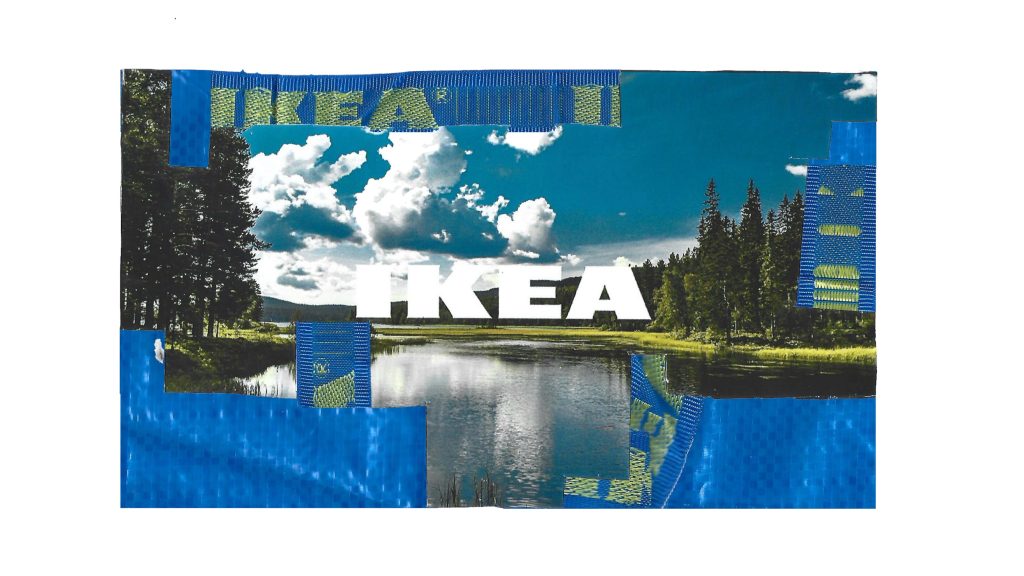
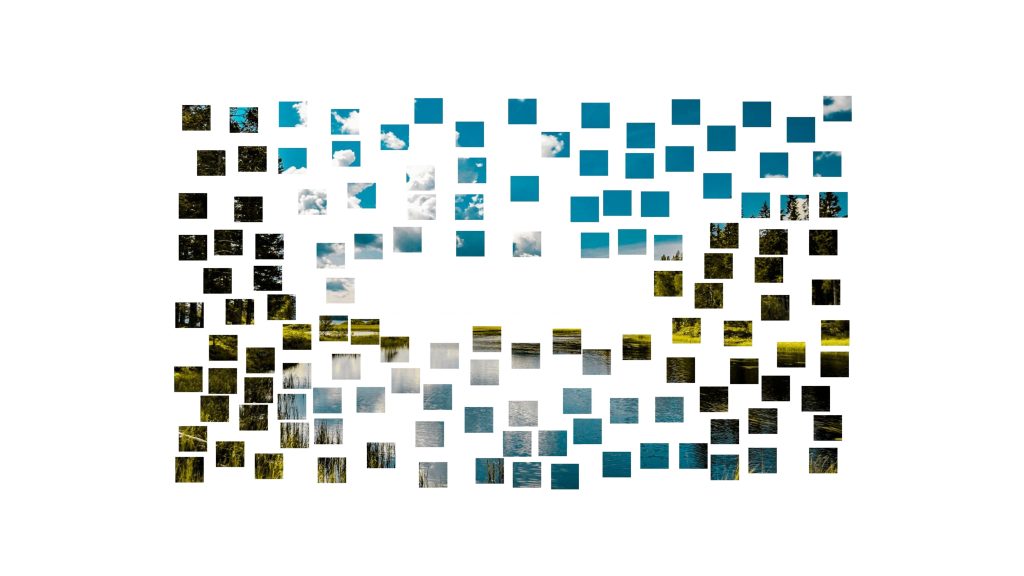
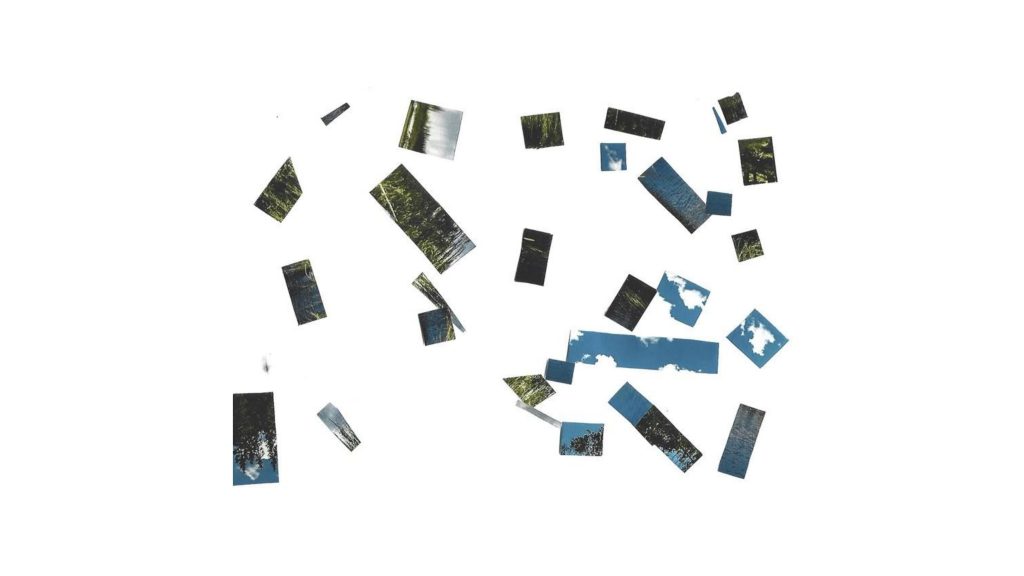
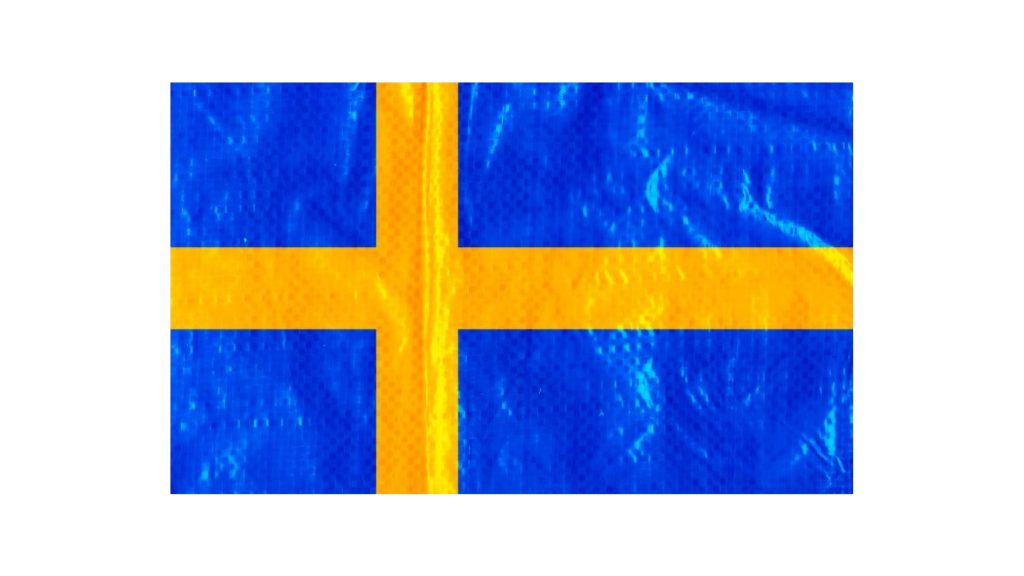
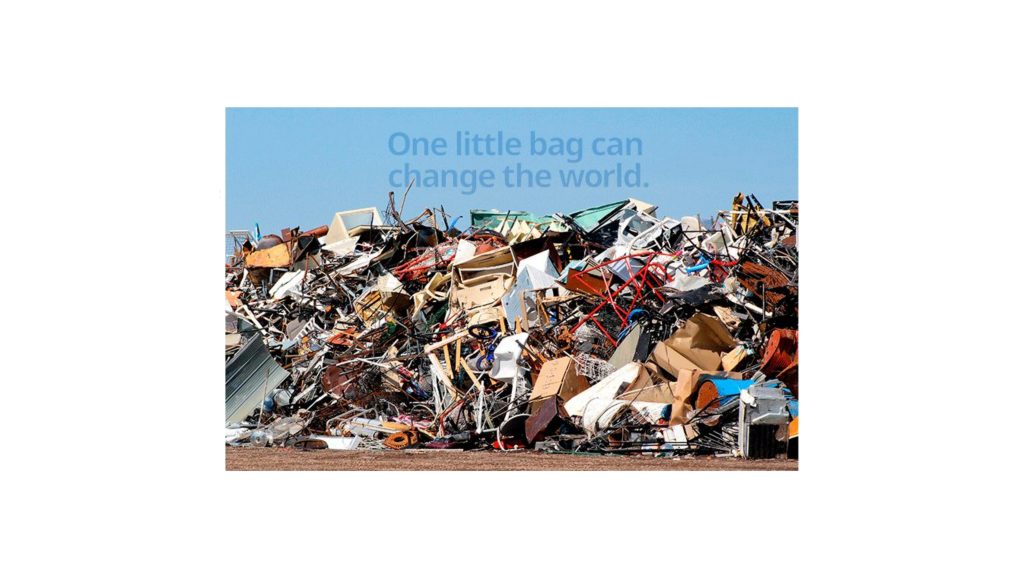


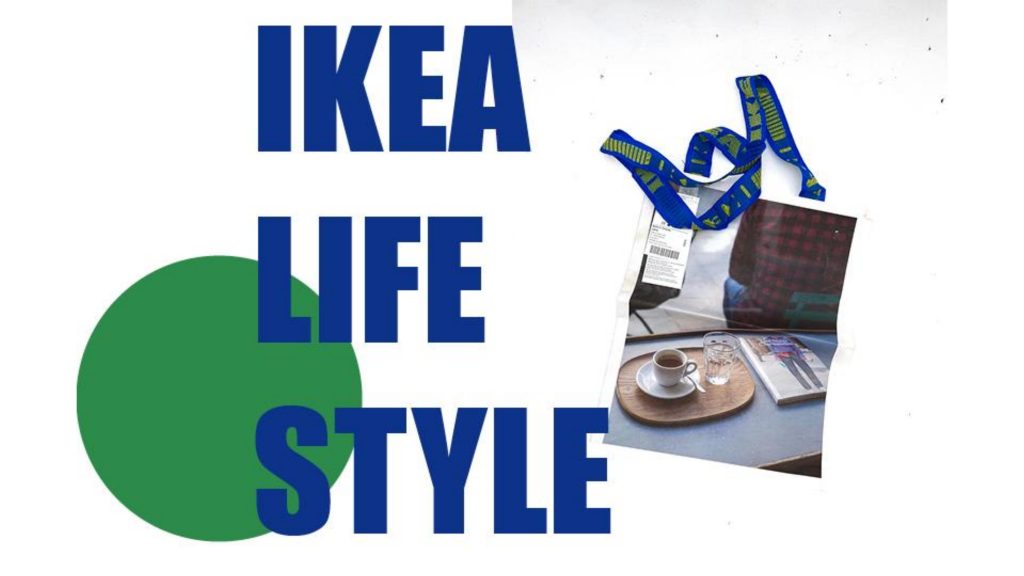
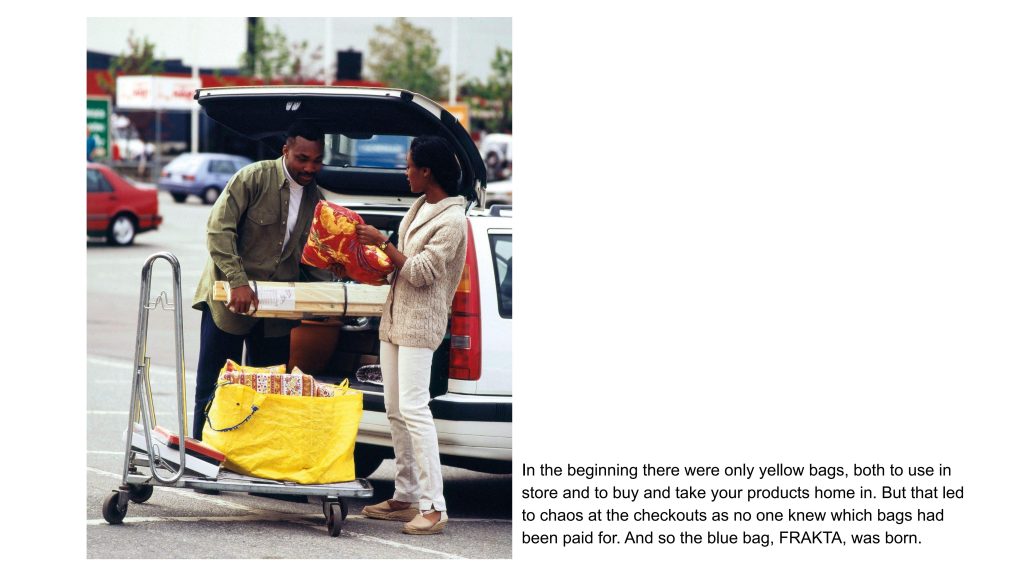

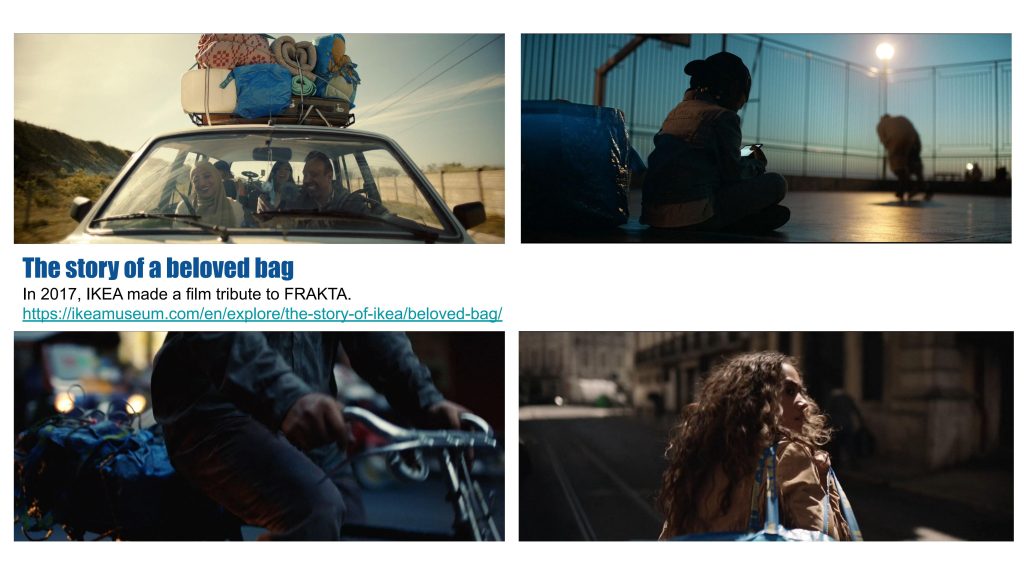
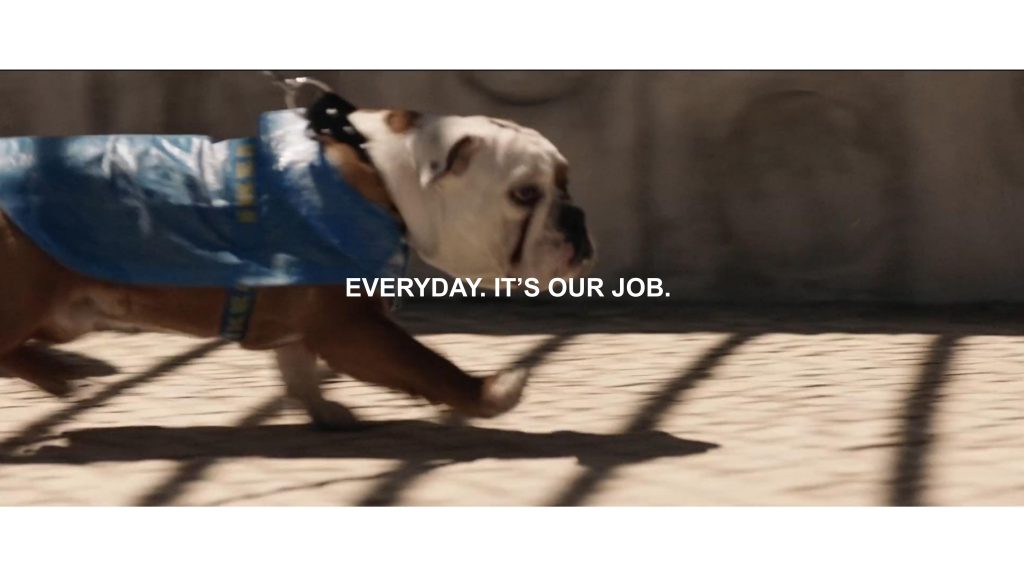



- Chandni, A. et al. (2023) ‘IE Ecofeminism Toolkit’. Intersectional Environmatialist.
- Freinkel, S. (no date) ‘Love in the Age of Plastic’, in, pp. 22–31.
- Hara, K. (2015) Ex-formation. S.L.: Lars Muller Publishers.
- Ikea Frakta (2017) YouTube. Available at: https://www.youtube.com/watch?v=UafpGEZoOws (Accessed: 23 February 2024).
- Soper, K. (no date) ‘Beyond the economy of waste’, in Waste Age What Can Design Do?, pp. 34–43.
- Syme, P. and Werner, A.G. (2020) Werner’s nomenclature of colours: Adapted to zoology, botany, chemistry, mineralogy, anatomy, and the Arts / by P. Syme. Bristol, England: Arts Meet Science, an imprint of Read & Co.
